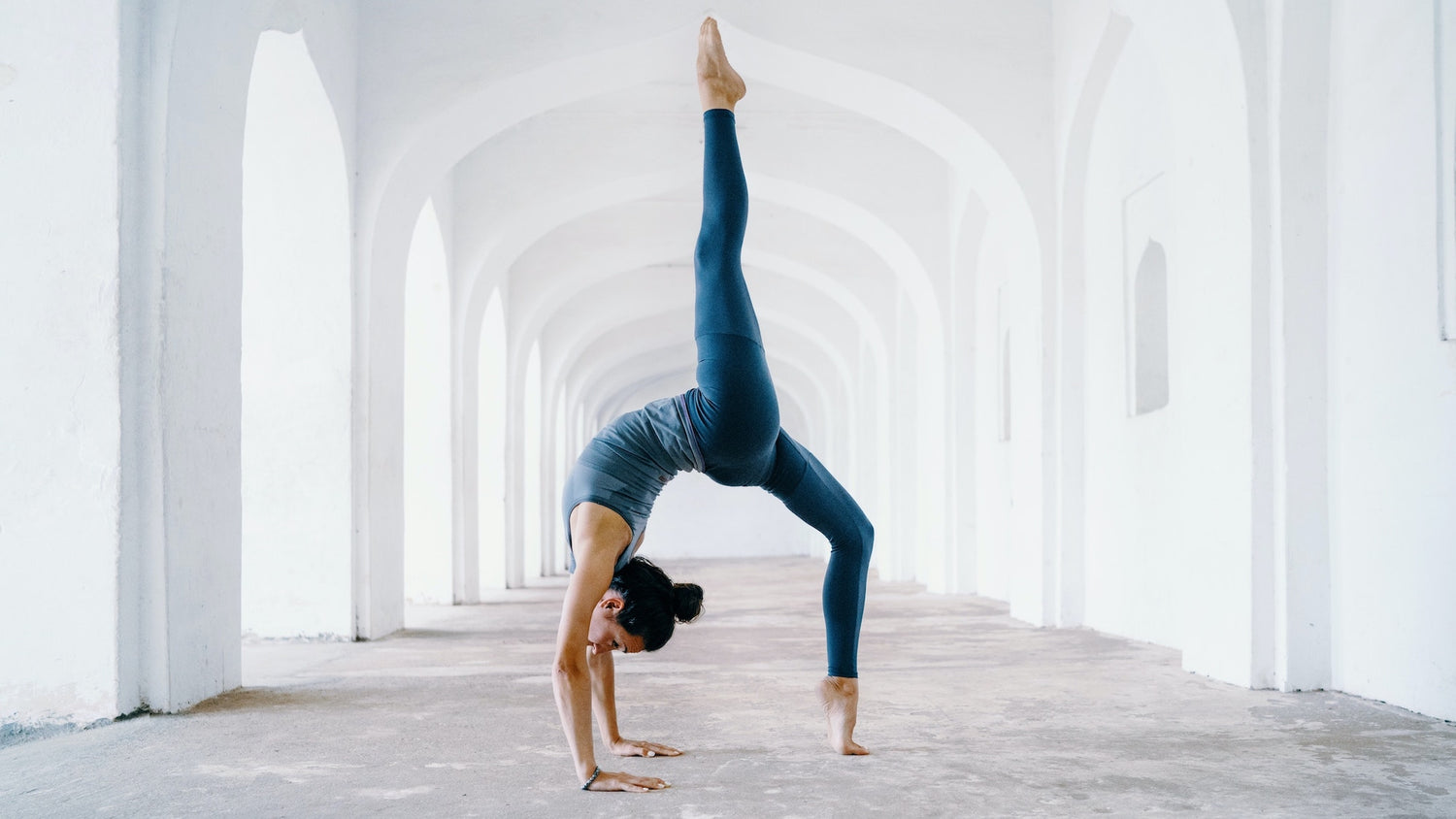The menstrual cycle can be broken down into two distinct schedules to help guide your exercise routines.
🏋️♀️The first stage is from the start of your period up to ovulation. This is a time when our bodies are resilient to stress and good at recovering, so you could opt for high-intensity workouts and resistance training if you feel up to it.
🧘The second stage is from ovulation until the start of your period. During this time, focus on more steady-state, moderate training with an emphasis on recovery. Let’s dive in a little deeper . . .
We aren’t designed to feel the exact same way every day. We have a masterpiece of hormonal beats and rhythms, making us feel quite different in each phase of our cycle. These hormonal ebbs and flows can affect everything our minds and bodies experience—from our mood and appetite to pain tolerance and endurance.
You may have heard of cycle syncing. At Looni, we believe when we are more in sync with our cycle, we feel more like our true selves. To us, being in sync means working with your cycles’ natural changes, listening to your body, and supporting it during each one of the distinct menstrual cycle phases.
This week, we’re going to focus on cycle syncing your workouts to help you adapt your exercise routine to harness the physiological power of the different phases of your cycle.
How Do I Know Which Part of My Menstrual Cycle I'm In?
Your menstrual cycle goes far beyond the days you have your period. It starts on the first day of your bleed and ends the day before your next period starts. At Looni, we like to think of there being 4 phases of the menstrual cycle, which we frame as inner seasons:
❄️🩸 Menstrual phase (inner winter): around day 1-6 of your menstrual cycle when you’re bleeding
🌱 Follicular phase (inner spring): around days 7-13
☀️ Ovulatory phase (inner summer): lasting 3-4 days around day 14
🍁 Luteal phase (inner fall): around days 14-28
*note that here we use a 28-day cycle as an example, but a normal cycle length can be anywhere between 21 to 35 days.
Tracking your cycle is the best way to know which menstrual cycle phase you're in—many people use period and ovulation tracker apps to help guide them (reach out to us for our opinion on the best period tracker app 😊).
Fitness During Your Menstrual Cycle
It’s important to note that everybody is different, and what you feel like doing might differ from the kind of movement someone else feels like doing at any given point in their cycle—and that’s okay!
❄️🩸Menstrual Phase—See how you feel
The menstrual phase is when you’re bleeding. During this phase, your hormone levels are at their lowest, which means our physiological bodies are relatively resilient to stress and good at recovery. However, you may not have much energy and might be suffering from menstrual discomfort like cramps and fatigue. It's essential to listen to your body during this time and adjust your workouts accordingly. Instead of high-intensity workouts, consider opting for low-impact exercises like yoga, stretching, or walking. Movement can help with menstrual symptoms bringing blood flow and oxygen to the abdominal area and releasing endorphins, which are a natural painkiller and inflammation tackler. If you feel your energy rise and your discomfort subside, then see how some higher-intensity training makes you feel.
🌱Follicular Phase + ☀️Ovulatory Phase—High-intensity
Next up is the follicular phase, which ends with ovulation when an ovary releases an egg. During this phase, estrogen levels rise to their peak, and you may feel more energized and like your best self. Look to incorporate high-intensity workouts like weightlifting, running, or cycling into your workout routine during this phase. If HIIT or Crossfit is your jam, this is the time—make the most of the elevated energy.
🍁Luteal Phase—Slower
Finally, the luteal phase occurs after ovulation. During the first half of this phase you may benefit most from endurance, steady-state activities, and more moderate weight training. Your metabolic rate is elevated here so make sure to increase your intake of carbs and protein compared to other points in your cycle, as your body is building tissue (uterine lining), and you need the extra calories.
Later in this phase, progesterone levels peak, and you may experience lower energy and PMS symptoms like bloating, fatigue, and mood swings—use this time to focus on recovery, be kind to yourself, and lean towards low-impact, mobility workouts like yoga, Pilates, or walking.
Conclusion 🌿
By understanding the different phases of your cycle, you can make informed decisions about which workouts to incorporate into your routine and when. The most important thing is to pay attention to how you feel over a few months and make adjustments that make you feel better. Listen to your body!
Sources
Int J Mol Sci. 2021 Jan; 22(1): 338. Published online 2020 Dec 30. doi: 10.3390/ijms22010338
Reed BG, Carr BR. The Normal Menstrual Cycle and the Control of Ovulation. [Updated 2018 Aug 5]. In: Feingold KR, Anawalt B, Blackman MR, et al., editors. Endotext [Internet]. South Dartmouth (MA): MDText.com, Inc.; 2000-. Available from: https://www.ncbi.nlm.nih.gov/books/NBK279054/
The excellent work of Stacy T. Sims, PhD

